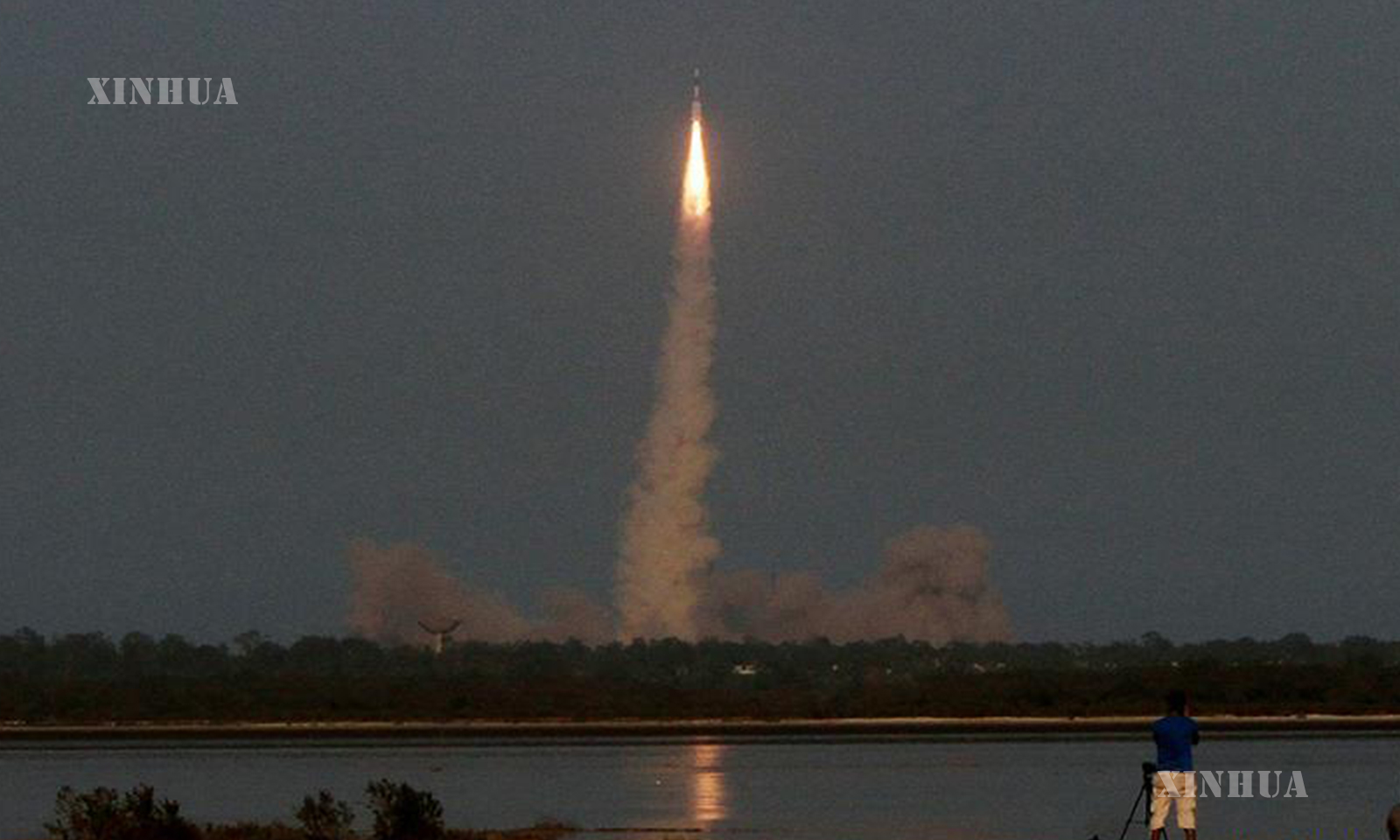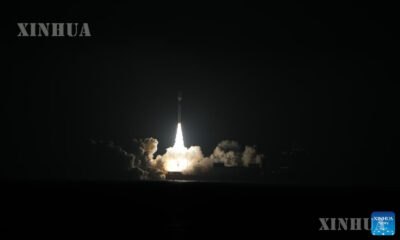Asia
အိန္ဒိယနိုင်ငံ၏ ကမ္ဘာမြေလေ့လာရေးဂြိုဟ်တုလွှတ်တင်မှု မအောင်မမြင်ဖြစ်ခဲ့ရ

နယူးဒေလီ၊ သြဂုတ် ၁၂ ရက် (ဆင်ဟွာ)
အိန္ဒိယအာကာသသုတေသနအဖွဲ့အစည်း (ISRO) က သြဂုတ် ၁၂ ရက်တွင် အအေးလွန်သည့်အဆင့်၌ နည်းပညာပိုင်းဆိုင်ရာချို့ယွင်းမှုကြောင့် ကမ္ဘာမြေကြည့်ရှုလေ့လာရေးဂြိုဟ်တုလွှတ်တင်ခြင်း မအောင်မမြင်ဖြစ်ခဲ့ရကြောင်း ISRO ဥက္ကဋ္ဌ K. Sivan က အတည်ပြုခဲ့သည်။“အအေးလွန်တဲ့အဆင့်မှာ နည်းပညာပိုင်းချို့ယွင်းမှုဖြစ်ပွားခဲ့လို့ ဂြိုဟ်တုလွှတ်တင်ရေး မစ်ရှင် ပြီးမြောက်မှုမရှိခဲ့ပါဘူး။’’ဟု ဂြိုဟ်တုလွှတ်တင်ခြင်း တိုက်ရိုက်ထုတ်လွှင့်ပြသမှုအစီအစဉ်တွင် Sivan က ပြောကြားခဲ့သည်။
အဆိုပါ လွှတ်တင်မှုကို သြဂုတ် ၁၂ ရက် ဒေသစံတော်ချိန် နံနက် ၅:၄၃ နာရီတွင် ပြုလုပ်ခဲ့သည်။ ၎င်းဂြိုဟ်တုသည် မြေပြင်မှ အောင်မြင်စွာ ထွက်ခွာနိုင်ခဲ့ပြီးနောက် ISRO ၏ GSLV-F10 ဒုံးပျံထိပ်ဖူးသည် ကမ္ဘာမြေလေ့လာရေးဂြိုဟ်တု EOS-3 အား သတ်မှတ် ဂြိုဟ်ပတ်လမ်းထဲသို့ ပို့ဆောင်ပေးနိုင်ခြင်းမရှိဘဲ မအောင်မမြင်ဖြစ်ခဲ့ရခြင်းဖြစ်သည်။
ယင်းမှာ ISRO ၏တတိယမြောက် ဂြိုဟ်တုလွှတ်တင်ခြင်း ကြိုးပမ်းမှုဖြစ်သည်ဟုဆိုသည်။ ၂၀၂၀ပြည့်နှစ် မတ်လတွင် ပထမအကြိမ် နှင့် ယခုနှစ်အစောပိုင်းတွင် နောက်ထပ်တစ်ကြိမ် လွှတ်တင်ခဲ့ကြောင်း မီဒီယာထုတ်ပြန်ချက်တွင်ဖော်ပြထားသည်။ (Xinhua)
——————————————-
(English Version)
India fails to launch earth observation satellite
NEW DELHI, Aug. 12 (Xinhua) — The Indian Space Research Organization (ISRO) on Thursday failed to launch its geo imaging earth observation satellite due to a technical anomaly in the cryogenic stage, confirmed ISRO chairman K. Sivan.
“Mission could not be accomplished fully because there is a technical anomaly observed in the cryogenic stage,” Sivan was seen saying during the live telecast of the satellite launch.
The launch was scheduled for 5:43 a.m. local time on Thursday. After taking off successfully, ISRO’s GSLV-F10 rocket failed to launch the earth observation satellite EOS-3 into the intended orbit.This was said to be the ISRO’s third attempt at launching the satellite. It was first scheduled for March 2020, and then earlier this year, said media reports. Enditem






